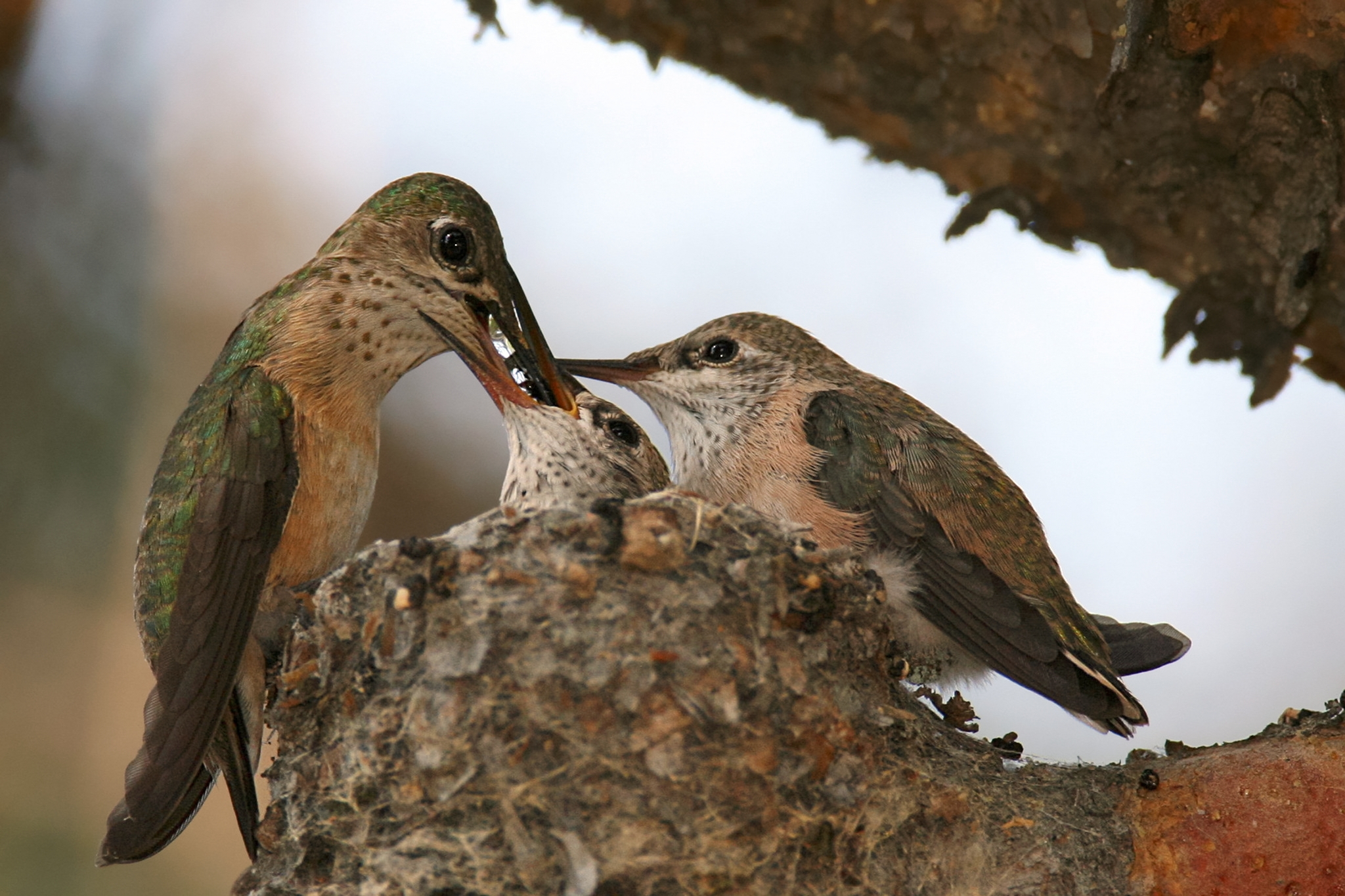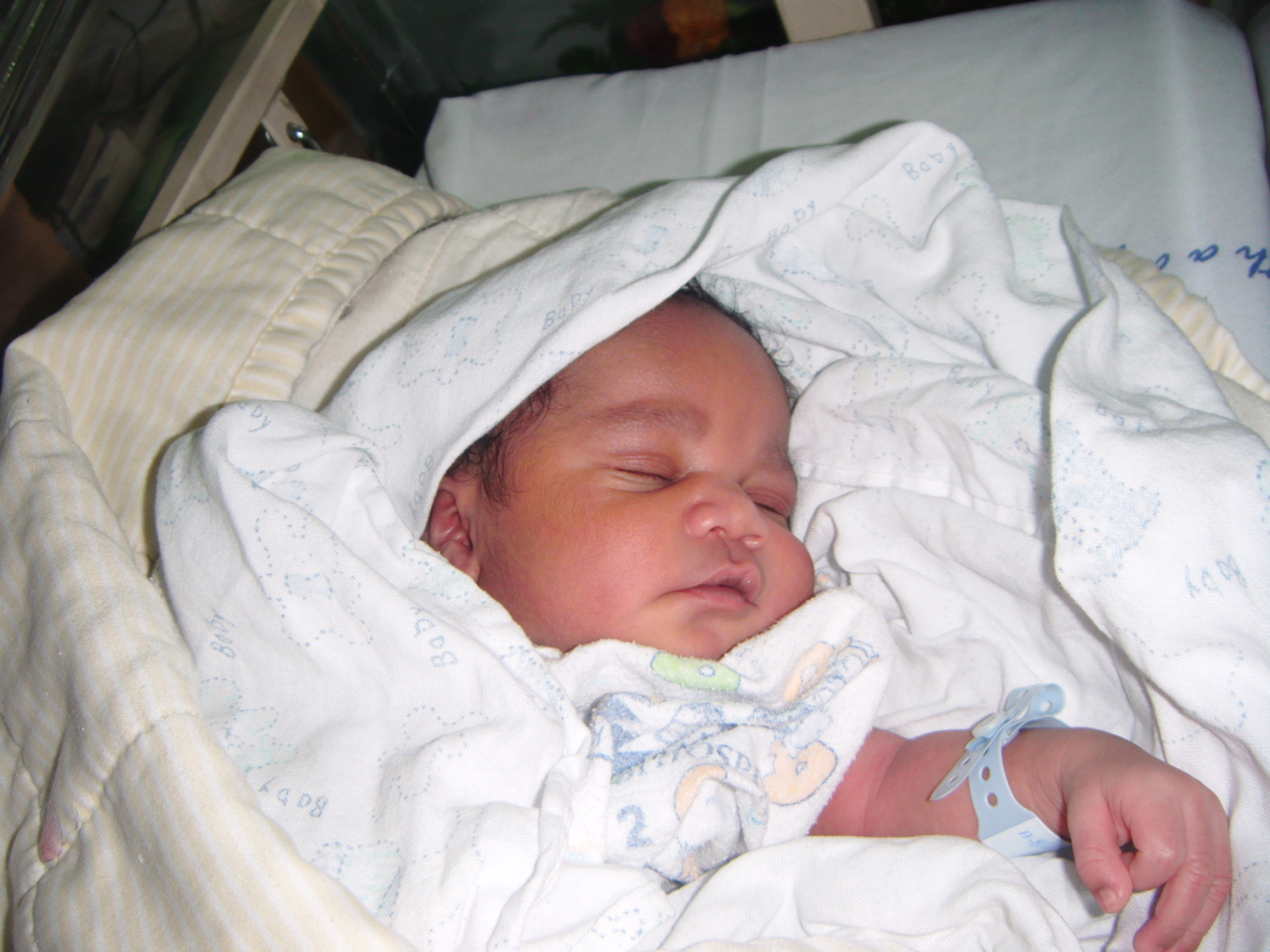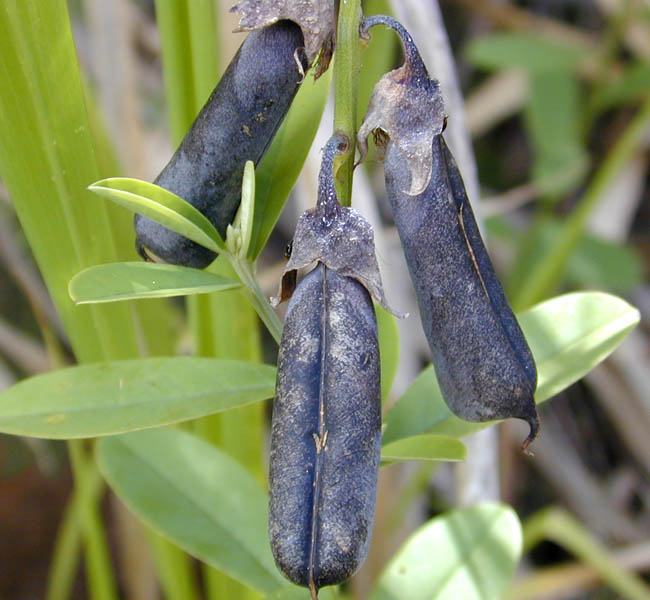|
Parental Investment Theory
Parental investment, in evolutionary biology and evolutionary psychology, is any parental expenditure (e.g. time, energy, resources) that benefits offspring.Clutton-Brock, T.H. 1991. ''The Evolution of Parental Care''. Princeton, NJ: Princeton U. Press. pg. 9Trivers, R.L. (1972). Parental investment and sexual selection. In B. Campbell (Ed.), ''Sexual selection and the descent of man'', 1871-1971 (pp. 136–179). Chicago, IL: Aldine. . Parental investment may be performed by both males and females (called ''biparental care''), females alone (''exclusive maternal care'') or males alone (''exclusive paternal care''). Care can be provided at any stage of the offspring's life, from pre-natal (e.g. egg guarding and incubation in birds, and placental nourishment in mammals) to post-natal (e.g. food provisioning and protection of offspring). Parental investment theory, a term coined by Robert Trivers in 1972, predicts that the sex that invests more in its offspring will be more ... [...More Info...] [...Related Items...] OR: [Wikipedia] [Google] [Baidu] |
Life History Theory
Life history theory (LHT) is an analytical frameworkVitzthum, V. (2008). Evolutionary models of women's reproductive functioning. ''Annual Review of Anthropology'', ''37'', 53-73 designed to study the diversity of life history strategies used by different organisms throughout the world, as well as the causes and results of the variation in their life cycles.Flatt, T., & Heyland, A. (Eds.). (2011). Mechanisms of Life History Evolution : The Genetics and Physiology of Life History Traits and Trade-Offs. Oxford, GB: OUP Oxford. It is a theory of biological evolution that seeks to explain aspects of organisms' anatomy and behavior by reference to the way that their life histories—including their reproductive development and behaviors, post-reproductive behaviors, and lifespan (length of time alive)—have been shaped by natural selection. A life history strategy is the "age- and stage-specific patterns" and timing of events that make up an organism's life, such as birth, weaning, matu ... [...More Info...] [...Related Items...] OR: [Wikipedia] [Google] [Baidu] |
Mouthbrood
Mouthbrooding, also known as oral incubation and buccal incubation, is the care given by some groups of animals to their offspring by holding them in the mouth of the parent for extended periods of time. Although mouthbrooding is performed by a variety of different animals, such as the Darwin's frog, fish are by far the most diverse mouthbrooders. Mouthbrooding has evolved independently in several different families of fish. Mouthbrooding behaviour Paternal mouthbrooders are species where the male looks after the eggs. Paternal mouthbrooders include the arowana, various mouthbrooding bettas and gouramies such as '' Betta pugnax'', and sea catfish such as '' Ariopsis felis''. Among cichlids, paternal mouthbrooding is relatively rare, but is found among some of the tilapiines, most notably the black-chin tilapia '' Sarotherodon melanotheron''. In the case of the maternal mouthbrooders, the female takes the eggs. Maternal mouthbrooders are found among both African and South American ... [...More Info...] [...Related Items...] OR: [Wikipedia] [Google] [Baidu] |
Tropheus Moorii
''Tropheus moorii'' (blunthead cichlid) is a species of cichlid endemic to Lake Tanganyika in Africa. Over 40 different color morphs of this species are dispersed throughout the lake, ranging from dark green to flame red and yellow. They mostly feed on filamentous algae on the rocky shallows they inhabit. ''T. moorii'' is a maternal mouthbrooder, so eggs are fertilized and young are carried in the mouth of the female while they hatch and develop. Territorialism Both male and female adults occupy individual feeding territories. Blunthead cichlids inhabiting territories at greater depth tend to have smaller adult body sizes and larger territories compared to those in shallows. Males have larger territories than females. A female leaves her territory to pair with a male and usually visits several territories multiple times before choosing a male. After the male and female form a pair bond, the female forages in his territory up to three weeks under his protection before spawning. A ... [...More Info...] [...Related Items...] OR: [Wikipedia] [Google] [Baidu] |
Precociality
Precocial species in birds and mammals are those in which the young are relatively mature and mobile from the moment of birth or hatching. They are normally nidifugous, meaning that they leave the nest shortly after birth or hatching. Altricial species are those in which the young are underdeveloped at the time of birth, but with the aid of their parents mature after birth. These categories form a continuum, without distinct gaps between them. In fish, this often refers to the presence or absence of a stomach: precocial larvae have one at the onset of first feeding whereas altricial fish do not. Depending on the species, the larvae may develop a functional stomach during metamorphosis (gastric) or remain stomachless (agastric). Precociality Precocial young have open eyes, hair or down, large brains, and are immediately mobile and somewhat able to flee from or defend themselves against predators. For example, with ground-nesting birds such as ducks or turkeys, the young are r ... [...More Info...] [...Related Items...] OR: [Wikipedia] [Google] [Baidu] |
Altriciality
Precocial species in birds and mammals are those in which the young are relatively mature and mobile from the moment of birth or hatching. They are normally nidifugous, meaning that they leave the nest shortly after birth or hatching. Altricial species are those in which the young are underdeveloped at the time of birth, but with the aid of their parents mature after birth. These categories form a continuum, without distinct gaps between them. In fish, this often refers to the presence or absence of a stomach: precocial larvae have one at the onset of first feeding whereas altricial fish do not. Depending on the species, the larvae may develop a functional stomach during metamorphosis (gastric) or remain stomachless (agastric). Precociality Precocial young have open eyes, hair or down, large brains, and are immediately mobile and somewhat able to flee from or defend themselves against predators. For example, with ground-nesting birds such as ducks or turkeys, the young are rea ... [...More Info...] [...Related Items...] OR: [Wikipedia] [Google] [Baidu] |
Utetheisa Ornatrix
''Utetheisa ornatrix'', also called the ornate bella moth, ornate moth, bella moth or rattlebox moth, is a moth of the subfamily Arctiinae. It is aposematically colored ranging from pink, red, orange and yellow to white coloration with black markings arranged in varying patterns on its wings. It has a wingspan of 33–46 mm. Moths reside in temperate midwestern and eastern North America as well as throughout Mexico and other parts of Central America. Unlike most moths, the bella moth is diurnal. Formerly, the bella moth or beautiful utetheisa of temperate eastern North America was separated as ''Utetheisa bella''. Now it is united with the bella moth in ''Utetheisa ornatrix''. The larvae usually feed on ''Crotalaria'' species, which contain poisonous alkaloid compounds that render them unpalatable to most predators. Larvae may prey on other bella moth larvae in order to compensate for any alkaloid deficiency. The bella moth also demonstrates complex mating strategies and is ... [...More Info...] [...Related Items...] OR: [Wikipedia] [Google] [Baidu] |
Ophioblennius Atlanticus
''Ophioblennius atlanticus'', also known as the redlip blenny and the horseface blenny, is a species of combtooth blenny, family Blenniidae, found primarily in the western central Atlantic ocean. Redlip blennies can be found in coral crests and shallow fringing reefs. They are highly territorial and attack intruders with two long, sharp canine teeth. The adults are found at depths of 10 to 20 meters, and the eggs are benthic. The adults may reach up to four inches in length when fully grown, and they have large reddish lips, from which they attained their names. Redlip blennies largely feed on algae. Taxonomy The species was originally described by French zoologist Achille Valenciennes in 1836. ''Ophis'' is Greek for "serpent", and ''blennios'' is Greek for "mucus". The species name ''atlanticus'' is the name for its location of capture. The common name, redlip, refers to the reddish color of its lips. Description Adult redlip blennies can reach two to four inches in length. Th ... [...More Info...] [...Related Items...] OR: [Wikipedia] [Google] [Baidu] |
Parent
A parent is either the progenitor of a child or, in humans, it can refer to a caregiver or legal guardian, generally called an adoptive parent or step-parent. Parents who are progenitors are First-degree relative, first-degree relatives and have 50% genetic meet. A female can also become a parent through surrogacy. Some parents may be Adoption, adoptive parents, who nurture and raise an offspring, but are not related to the child. Orphans without adoptive parents can be raised by their grandparents or other family members. A parent can also be elaborated as an ancestor removed one generation. With recent medical advances, it is possible to have more than two biological parents. Examples of Third-party reproduction, third biological parents include instances involving surrogacy or a third person who has provided DNA samples during an assisted reproductive procedure that has altered the recipients' genetic material. The most common types of parents are mothers, fathers, step-paren ... [...More Info...] [...Related Items...] OR: [Wikipedia] [Google] [Baidu] |
Reproductive Success
Reproductive success is an individual's production of offspring per breeding event or lifetime. This is not limited by the number of offspring produced by one individual, but also the reproductive success of these offspring themselves. Reproductive success is different from fitness in that individual success is not necessarily a determinant for adaptive strength of a genotype since the effects of chance and the environment have no influence on those specific genes. Reproductive success turns into a part of fitness when the offspring are actually recruited into the breeding population. If offspring quantity is not correlated with quality this holds up, but if not then reproductive success must be adjusted by traits that predict juvenile survival in order to be measured effectively. Quality and quantity is about finding the right balance between reproduction and maintenance. The disposable soma theory of aging tells us that a longer lifespan will come at the cost of reproduction ... [...More Info...] [...Related Items...] OR: [Wikipedia] [Google] [Baidu] |





